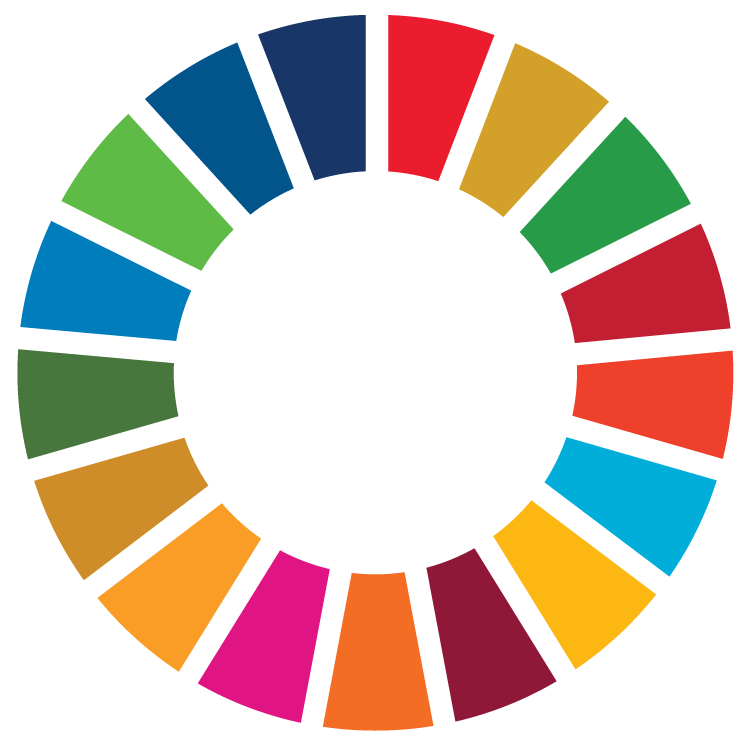Reporter: Dr Lamun Kayurin
Evidence date: 2024

Related to:
Indicator relate to : 17.2, 17.2.5
In 2024, RUTS collaborated with NGO for SDGs to tackle the SDGs through: student volunteering programme, research programme and development of educational resources.
For example, Rajamangala University of Technology Srivijaya (RUTS) has initiated a project to enhance water management in the basin by combining Internet of Things (IoT) technology with community engagement. The project focuses on creating a salinity warning system that promotes sustainable and effective management of water resources. The IoT-based system is designed to forecast the timing and movement of seawater intrusion, allowing for proactive measures to reduce its effects. It features a real-time salinity meter that records and transmits data every two hours, providing continuous monitoring of salinity changes in Songkhla Lake. The system has been implemented throughout the lake area in partnership with local communities, encouraging public participation in water management efforts. In implementing the project under the principle of “Learning together, thinking together, sharing in action and outcomes,” the RUTS team has emphasized multi-sector collaboration. Government partners include the Ranot-Klasesin Operation and Maintenance Project, the Sathing-Phra District Agricultural Extension Office, the Singha Nakhon District Agricultural Extension Office, and local communities. The RUTS team represents Rajamangala University of Technology Srivijaya (RUTS), while participants from the social sector include large-scale farming groups from the Khu Khut, Tha Hin, and Bang Khaet subdistricts in Sathing-Phra and Singha Nakhon 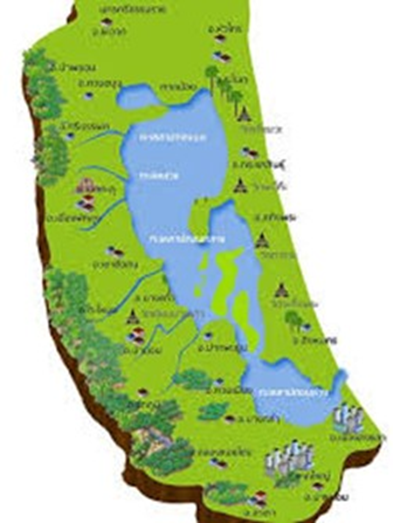
 districts.
districts.
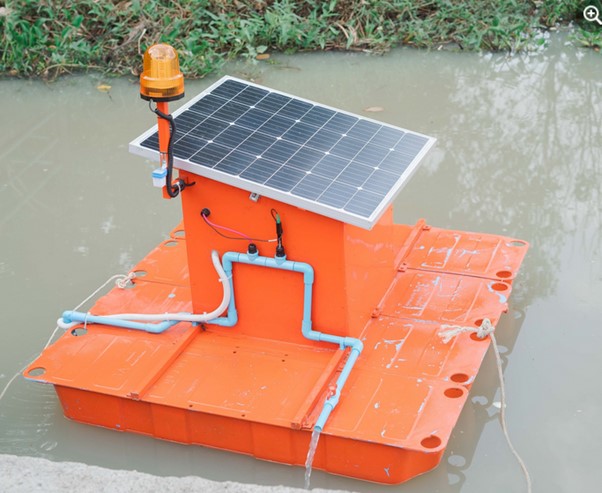
The project follows a structured approach: 1) Establishing a water management network: A network was set up to encourage community involvement in water management across Khu Khut, Tha Hin, and Bang Khaet subdistricts. Through meetings with local government leaders and representatives from large-scale agricultural groups, key water management issues were identified. This process led to the creation of a coordinated water management network and the appointment of community innovators to support ongoing initiatives.
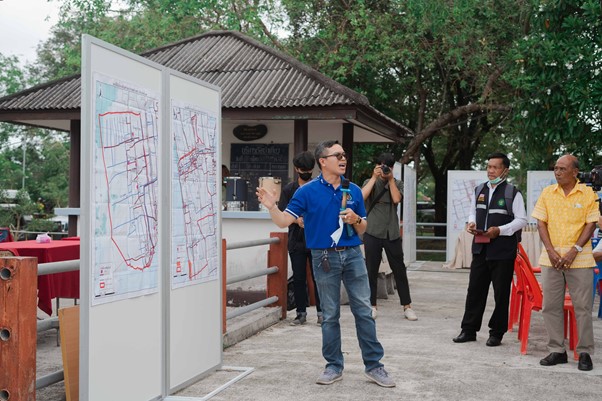
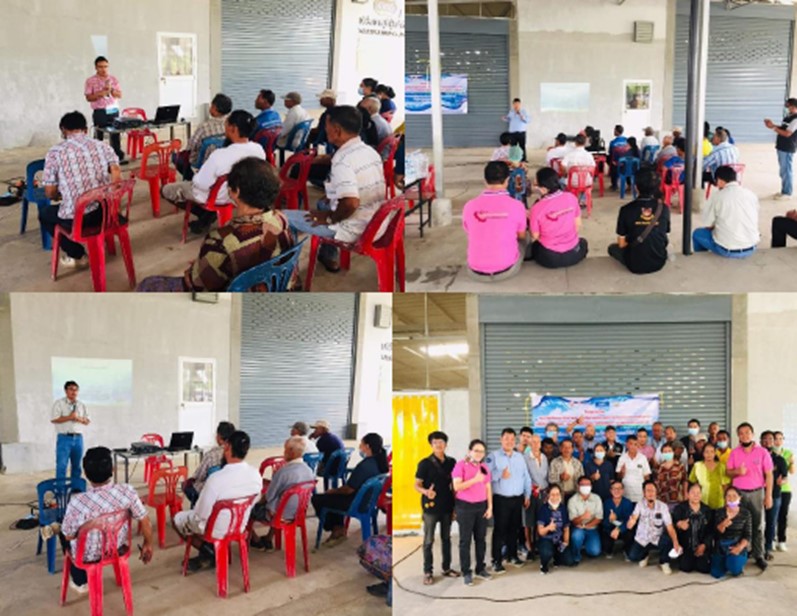 2) Collaborative brainstorming and issue analysis: Following the identification of local concerns, small-group meetings were conducted to develop participatory strategies for agricultural water management. During these sessions, the RUTS team introduced an innovative automatic salinity and rainfall meter that transmits real-time data via LINE. The Ranot-Klasesin Operation and Maintenance Project contributed by providing water pumps. Agricultural groups used the salinity data to coordinate and request water pump support for natural reservoirs, facilitated through a dedicated LINE group for streamlined communication and action.
2) Collaborative brainstorming and issue analysis: Following the identification of local concerns, small-group meetings were conducted to develop participatory strategies for agricultural water management. During these sessions, the RUTS team introduced an innovative automatic salinity and rainfall meter that transmits real-time data via LINE. The Ranot-Klasesin Operation and Maintenance Project contributed by providing water pumps. Agricultural groups used the salinity data to coordinate and request water pump support for natural reservoirs, facilitated through a dedicated LINE group for streamlined communication and action.
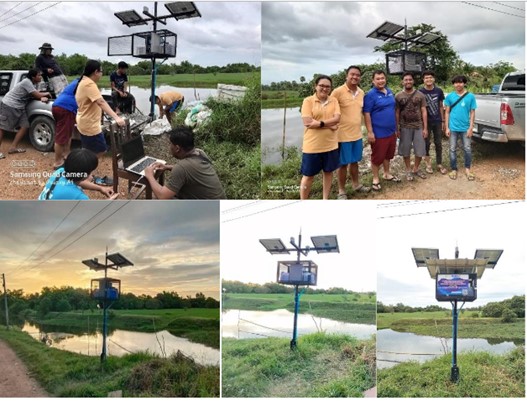
3) Designing and installing monitoring instruments: The automatic salinity and rainfall meter was developed and installed to record real-time data on salinity, temperature, humidity, and rainfall, accessible through the LINE application. The RUTS team also provided training on wet-dry rice cultivation to help reduce water demand and offered guidance on maintaining the monitoring equipment. As a result, government agencies and agricultural groups were able to receive salinity readings every two hours, apply water-saving practices, and independently maintain the salinity monitoring device.
4) Practical applications and ongoing monitoring: Salinity levels were tracked daily, and when values exceeded established thresholds, appropriate actions were taken. The water management network coordinated with the Ranot-Klasesin Operation and Maintenance Project to request pumps for transferring fresh water from Songkhla Lake to natural reservoirs. Additionally, the RUTS team expanded information dissemination through social media channels to improve coordination and provide ongoing support to the agricultural groups.

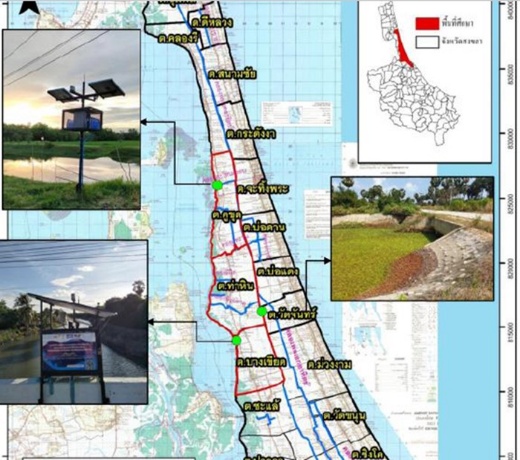
The international impact of this innovation was acknowledged when Dr. Nattapol Kaewthong and his team from RUTS were awarded the Silver Medal by the Toronto International Society of Innovation & Advanced Skills (TSIAS), recognizing their work on an IoT-based system for agricultural water resource management. In conclusion, This project demonstrates how technology, combined with community collaboration, can enhance the management of water resources. The IoT-enabled salinity monitoring system, together with participatory planning, has created a practical model that improves both agricultural productivity and environmental sustainability in coastal areas.
Related to link:
https://www.facebook.com/photo/?fbid=514506897551046&set=a.232552025746536
https://www.facebook.com/photo/?fbid=512682151066854&set=a.232552025746536
https://www.facebook.com/photo/?fbid=508756488126087&set=a.232552025746536
https://www.facebook.com/photo/?fbid=6024809850895588&set=pcb.6024824960894077
